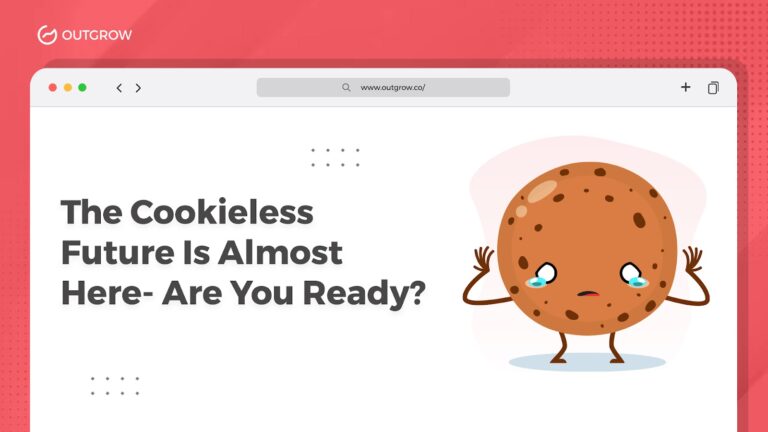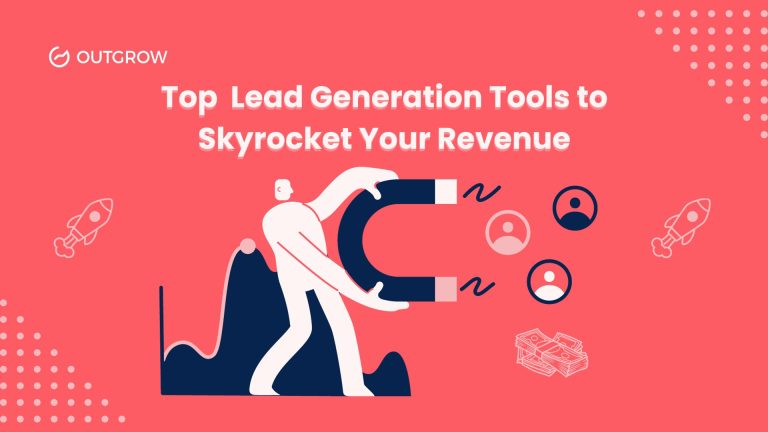Exponential & Autonomous Growth: Referral Program Best Practices 2023
Table of Contents
Marketing is a lot of hard work. Everything from setting up your Facebook page to running an ad campaign and producing high-quality content takes a lot of time. Even after investing blood, sweat, and tears, there’s no guarantee that you’ll see the results you’re looking for.
Imagine a world where you could have your customers marketing the business for you. A world where your existing customer base was the one hard at work to push new prospects towards the company. Well, you don’t have to imagine it because such a system already exists in the form of referral programs. They’ve been around for as long as anyone cares to remember, and there are some amazing examples of companies that spiked in growth through them. But there is still a lot of confusion amongst marketers when it comes to referral program best practices.
David Sacks — the original COO of PayPal — managed to grow his company’s user base at unprecedented rates by literally paying people who referred their friends to the platform. If you were on the fence about referral programs then surely the success of a multi-billion-dollar company should be enough evidence for you to make up your mind — especially one as famous as PayPal.

In this article, we’re going to take a look at some of the referral program best practices and strategies that you can use to get the most out of your referral programs. We’ll use a combination of past evidence and recent trends to get you the best approach. Let’s get right into it.
Use Two-Way Incentives
Two-way incentives describe referral programs in which both the referrer AND the person they refer get a benefit when the latter joins the platform. There are quite a few benefits to this strategy so let’s break down the two main ones below.
1. Reduces Shame Factor
One of the biggest boundaries to a referral campaign’s success is the shame that your users may feel when advertising the company to their friends. People never wanna feel like they’re pitching a product to their besties for personal gain.
However, all that changes if the person they refer to the platform also gets a reward for joining. This resolves the moral dilemma since the situation shifts towards mutual gain — essentially making it so that they’re actually doing their friend a favor by referring them to the platform.
2. Higher Conversion Rate
Shame is a major boundary for any referral program, but even if you exclude that factor, there are still many instances where people will simply ignore the referral attempts of your users. That being said, offering incentives to the joiner makes it far harder for them to refuse the offer.
Various studies have shown that two-way incentive programs tend to have a far higher success rate with referrals since the offer seems more attractive to the target. The great part is that, if you play your cards right, you won’t even have to worry about paying out twice as much cash.
Uber’s Give 10 Get 10 referral program was a staple of its growth and one of the main reasons that it was able to expand at such a rapid pace. All users would have to do is share their referral code with a friend, then when the friend took a ride they would both get 10 credits each.
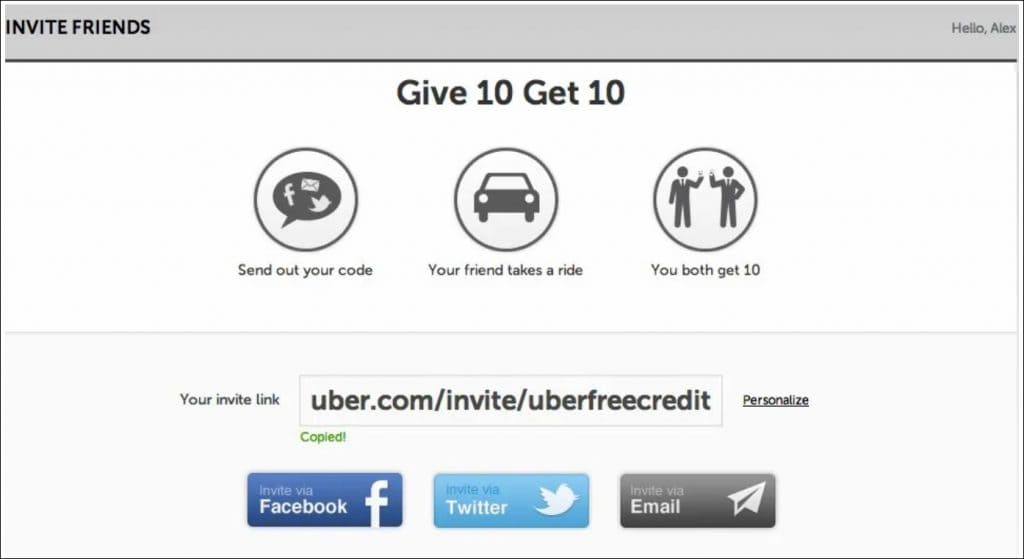
Non Profit Partnerships
Incorporating nonprofit partnerships into your referral program can also yield great results. There are some users who’ll still be too shy to pitch your company to friends even when two-way incentives are present.
On the other hand, the majority of people on Earth are willing to tell their friends about a program that supports a meaningful cause. You can leverage this to your advantage by making a small donation to a popular charity for every friend that your users refer to the platform.
This a win-win-win scenario since you acquire more users at a low cost and support a charity in the process while also making those involved feel accomplished. Your PR will even see a nice boost from the program as well since it will show people that your company cares.
Gamify Your Program
Gamifying anything tends to increase its success rate. Whether it’s your exercise routine, marketing campaigns, or even referral programs, people are more likely to perform at their peak when they view the whole thing as a competitive game.
The aforementioned Give 10 Get 10 program by Uber is a prime example of the benefits of gamification. All users had a progress bar that would advance as they referred more friends, and this seemingly simple element boosted the program’s popularity by a significant margin.
Take a page out of the popular productivity app Habitica’s book and create an avatar for your users that levels up as they get more people to join. You could even implement a health bar that slowly takes damage whenever they don’t refer people (to keep them engaged.)
Social Media Integration
In our modern era, if something isn’t on social media then it might as well not exist. Everything from buying decisions to company perception can be influenced by what shows up on social media. Rather than fearing the role that these platforms play in marketing, leverage them.
If you want to truly take your referral program to the next level then you should ensure that it integrates seamlessly with the main social media sites. The days of programs that rely on emails or referral links are coming to an end.
Nowadays, if you want to get the maximum reach out of your program, it should be easy for users to refer via social media in a single click. The good news is that most software lets you enable social sharing without much fuzz.
Go Big or Go Home
When launching a referral program, don’t be afraid to go big. You should never be focused on how much you’re spending on the incentives, but rather how much net profit is left at the end of the day.
Tesla is a shining example of a referral program that was bold enough to implement its system at scale. Whenever someone would refer a friend to Tesla, they would get $1,000 (assuming their friend actually bought the Model S as a result.)
This even implemented the two-way incentive strategy that we discussed earlier since the one buying the car would also get $1,000 off. The four-digit incentives are crazy enough, but the insanity is just getting started.
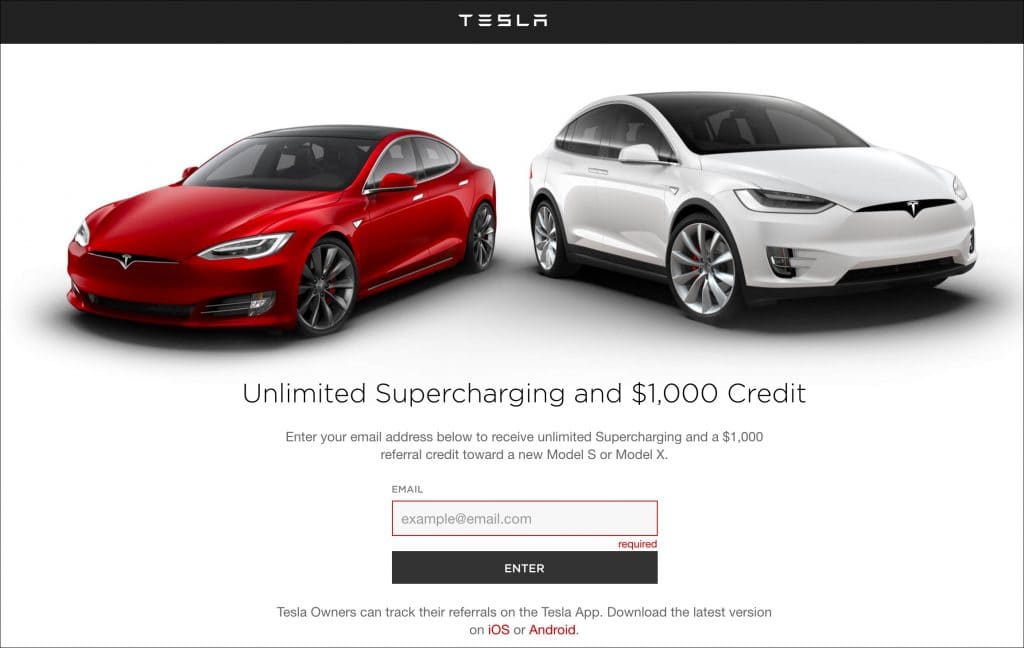
After making their 50th successful referral, a free car will be awarded by Tesla. Yes, a free car. This might sound ludicrous, why would a company ever give away something so valuable for free? Well, it comes back down to cost vs. benefit because they sell 50 and only give one away.
Exclusive Products
While giving out cash or company credit is all well and good, there are some referral programs that decide to go the extra mile by offering exclusive products as the incentive. This could be a limited-edition variant of an existing product or even unreleased company merch.
It’s generally a good idea to stick to an exclusive item that relates to your business image. If you sell waterproof phone cases then send out a gold variant upon their 50th referral. Similarly, if the referral program is for a video game then merch with the characters on them would be perfect.
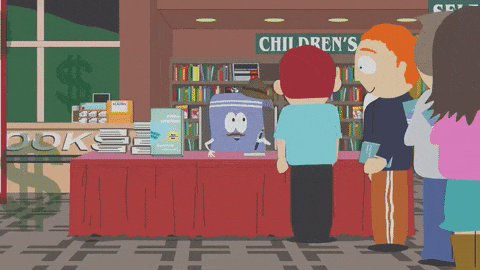
If you really want to go all out with your referral program then you could even send out exclusive 3D-printed models of the in-game items to players who get a certain number of friends to sign up and play — we’re sure they’d be better received than all those RAID: Shadow Legends ads.
Conclusion
As you can see, there are quite a few referral program best practices to boost the performance of your referral program if you get creative and put yourself into the shoes of your customers. It’s all about finding out what appeals to people then structuring the program in an intuitive and easy-to-use way.
Whether you decide to print out life-sized versions of virtual items or take the Elon Musk route and give away a car, we’re sure that you’ll be shocked at how fast your userbase can grow through the power of referrals.
If you found the information in this article useful then be sure to share it with a friend or two. You won’t get any referral incentives for doing so but you’ll receive our admiration for taking a few seconds out of your day to spread knowledge with peers. Happy marketing, everyone!
About The Author
Jake Lizarraga is a content writer who reviews software for the Chanty blog. The combination of humor and conciseness makes every piece of his a fun read. When he isn’t writing, Jake loves watching movies, practicing Muay Thai, and geeking out about the fact that Melissa Benoist now speaks Russian on CW’s Supergirl.



